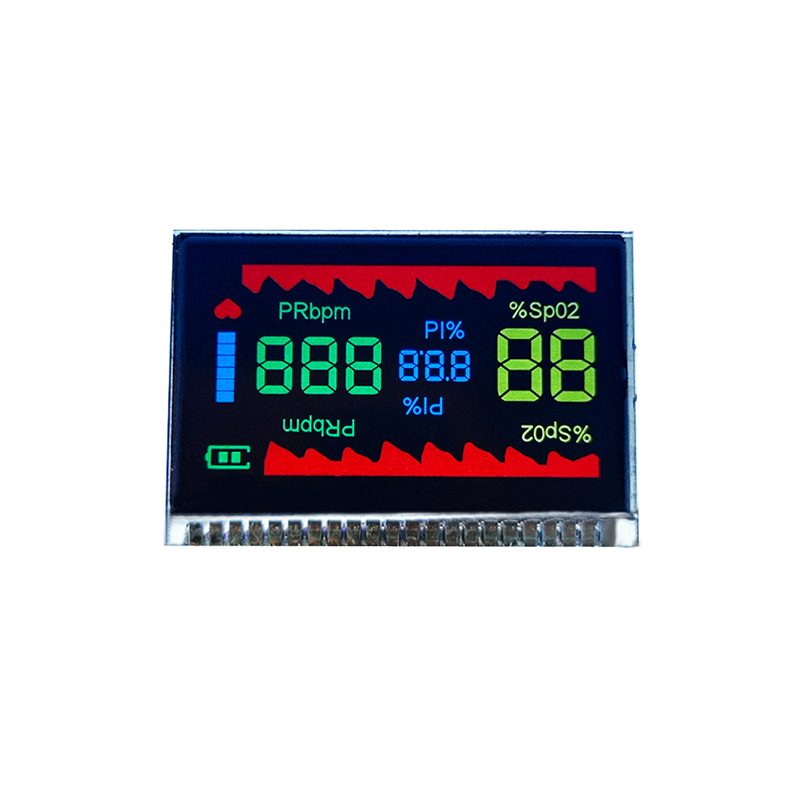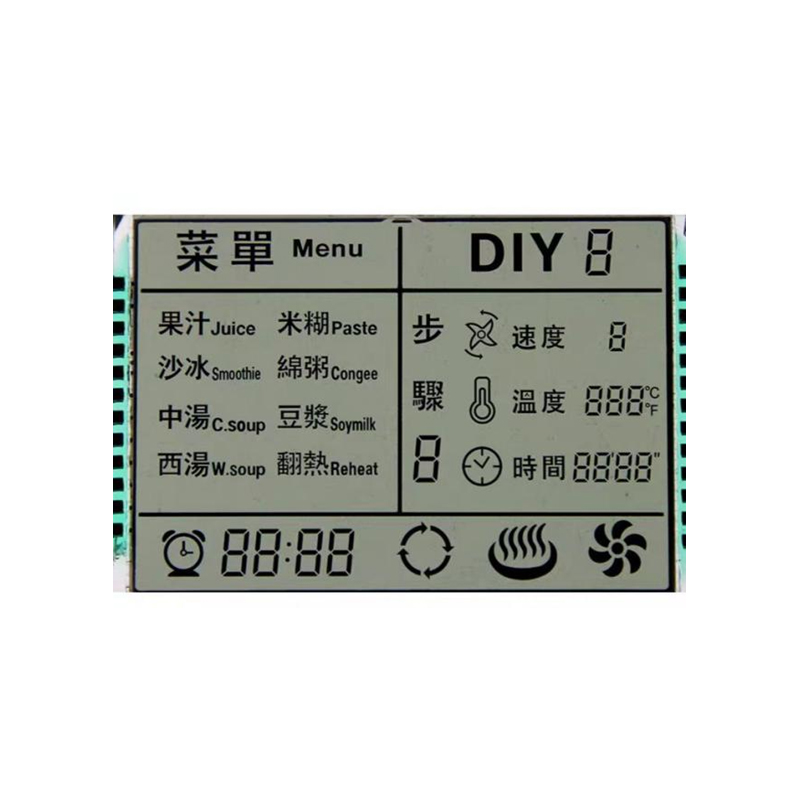
This comprehensive guide helps you navigate the world of 1.3-inch TFT display manufacturers, providing insights into key considerations for selecting the perfect supplier for your needs. We'll explore different display types, crucial specifications, and factors to prioritize when making your decision.
A 1.3 inch TFT display is a small, versatile display technology ideal for a variety of applications. TFT stands for Thin-Film Transistor, a technology known for its ability to produce clear, vibrant images with good color reproduction. The compact size makes it suitable for integration into wearable devices, portable electronics, and industrial equipment. When choosing a 1.3 inch TFT display manufacturer, understanding the nuances of TFT technology is critical. Different manufacturers offer varying levels of performance, resolution, and power consumption.
Resolution determines the sharpness of the image. A higher resolution (measured in pixels, e.g., 240x240) results in a clearer, more detailed display. Pixel density (pixels per inch or PPI) impacts the perceived sharpness. When comparing different 1.3 inch TFT display options, pay close attention to these metrics. Higher PPI generally means a sharper image, but it also can increase cost and power consumption.
Brightness (measured in cd/m2) is vital for readability, especially in brightly lit environments. A higher brightness value ensures better visibility. Contrast ratio indicates the difference between the brightest and darkest shades that the display can produce. A high contrast ratio results in more vivid and lifelike images. The required brightness and contrast ratio depend heavily on the intended application. For example, a display for outdoor use will need considerably higher brightness than an indoor application.
The viewing angle determines the range of angles from which the display remains clearly visible. A wider viewing angle is crucial for applications where the display might be viewed from different positions.
Power consumption is a key factor for battery-powered devices. Lower power consumption translates into longer battery life. Compare power consumption figures (typically measured in milliwatts) from various 1.3 inch TFT display manufacturers.
The display's interface determines how it connects to the main control board. Common interfaces include SPI, I2C, and parallel interfaces. Ensure compatibility with your system's interface before selecting a 1.3 inch TFT display.
Selecting a reputable manufacturer is paramount. Consider factors like:
Direct comparison is crucial. Below is a sample comparison, but you should conduct thorough research based on your specific needs.
| Manufacturer | Resolution | Brightness (cd/m2) | Interface |
|---|---|---|---|
| Manufacturer A | 240x240 | 300 | SPI |
| Manufacturer B | 128x128 | 200 | I2C |
| Dalian Eastern Display Co., Ltd. | (Check website for specifics) | (Check website for specifics) | (Check website for specifics) |
Remember to always verify specifications directly with the manufacturer before making a final decision. Thorough research is key to selecting the perfect 1.3 inch TFT display for your project.
Disclaimer: This information is for guidance only. Specific specifications and availability may vary. Consult individual manufacturers for the most up-to-date details.












